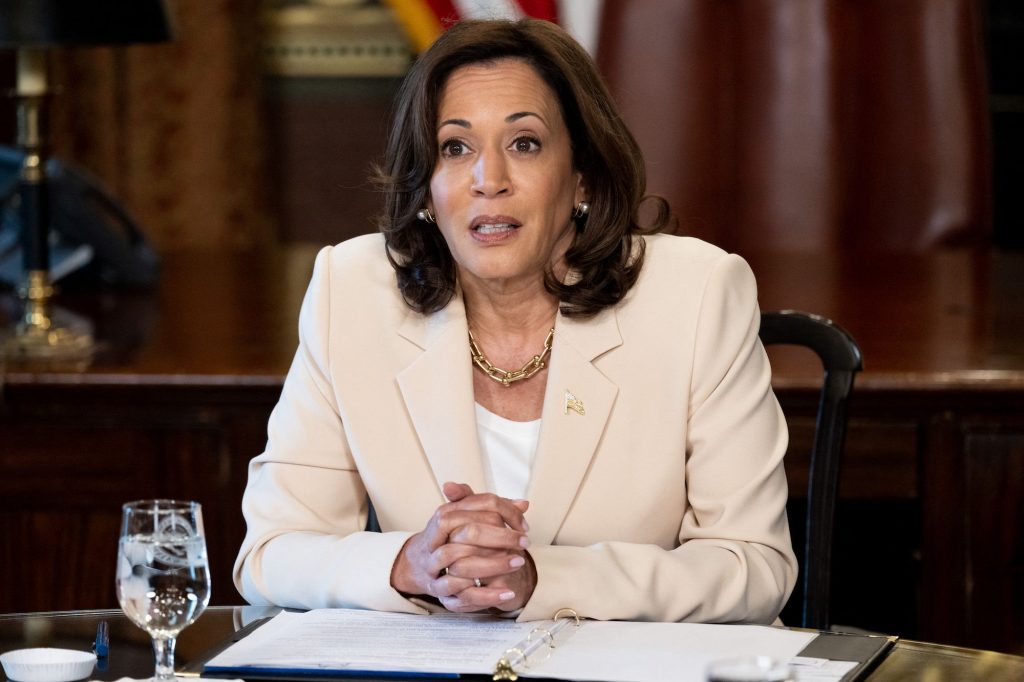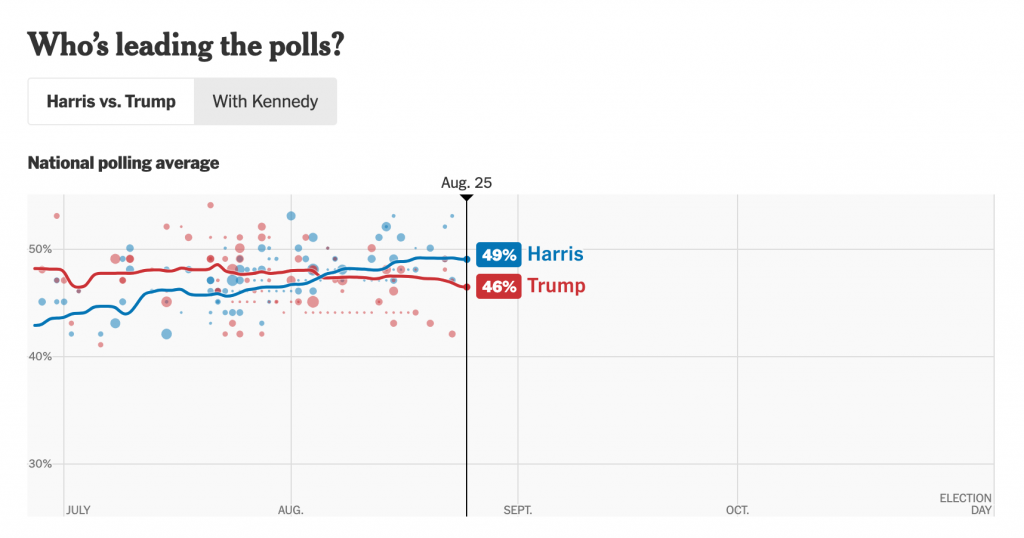As of late August 2024, the political landscape in the United States has taken a significant turn with Kamala Harris officially emerging as the Democratic candidate for the upcoming presidential election. This shift marks a pivotal moment in the 2024 race, raising new questions about her chances of winning and how her candidacy might reshape the dynamics of the election.
A Historic Nomination
Kamala Harris, the current Vice President and former Senator from California, has made history as the first female and first Black Vice President of the United States. Her nomination as the Democratic presidential candidate further cements her role as a trailblazer in American politics. With her extensive experience in government and her track record on issues ranging from criminal justice reform to climate change, Harris brings a wealth of experience and a progressive vision to the campaign.
Polls and Public Perception
Recent polls have shown a mixed but promising outlook for Harris. According to a Gallup poll released earlier this month, Harris is trailing slightly behind her main opponent, the current Republican frontrunner, but the gap is narrower than it was a few months ago. A Quinnipiac University poll also indicates that Harris has managed to close the gap in key swing states, such as Pennsylvania and Michigan, where her policies on economic reform and social justice are resonating with voters.

One factor contributing to Harris’s improving numbers is her focus on unifying messages and a commitment to addressing critical issues such as healthcare, job creation, and climate action. Her recent speeches have been met with positive responses, reflecting a growing enthusiasm among Democratic voters and independents who are looking for a change in the White House.
Challenges and Criticisms
Despite the positive momentum, Harris faces several challenges that could impact her chances of winning. One major obstacle is the perception of her as a career politician, which some voters might see as a lack of authenticity. Critics argue that her positions on issues like criminal justice reform and immigration have been inconsistent, which could be a point of contention in debates and campaign messaging.

Additionally, Harris must navigate the complexities of intra-party divisions and ensure that she maintains strong support from both progressive and moderate Democrats. Balancing these factions while also appealing to undecided and swing voters will be crucial for her campaign’s success.
Moving Forward…
To enhance her chances of winning, Harris will need to continue leveraging her strengths and address her weaknesses head-on. Her campaign strategy includes a focus on grassroots organizing and mobilizing young voters, who have shown significant interest in her candidacy. Harris’s ability to connect with diverse demographics and articulate a clear vision for the future will be essential in solidifying her position. Another critical aspect of her strategy is the selection of her vice-presidential running mate.
This choice will not only influence the campaign’s dynamics but also impact voter perception and support. While her chances of winning have improved, there is still much work to be done to address criticisms, unite the party, and connect with a broad electorate. The coming weeks will be crucial in determining whether Harris can maintain her momentum and secure a victory in November.












